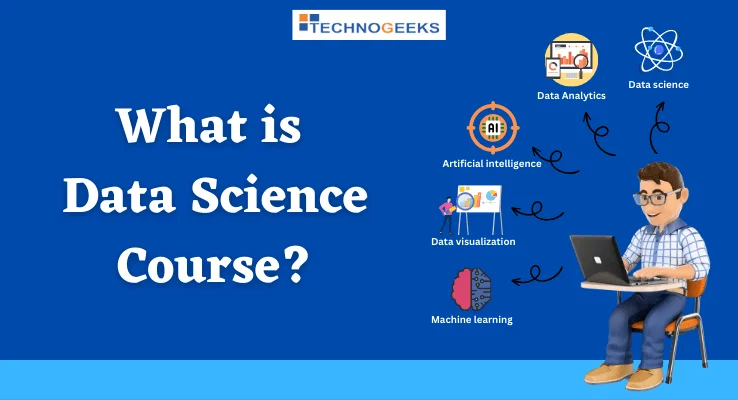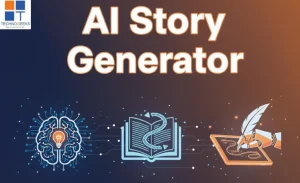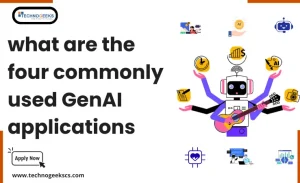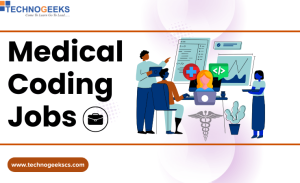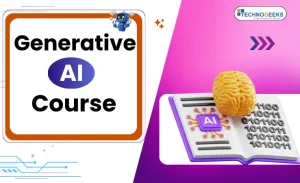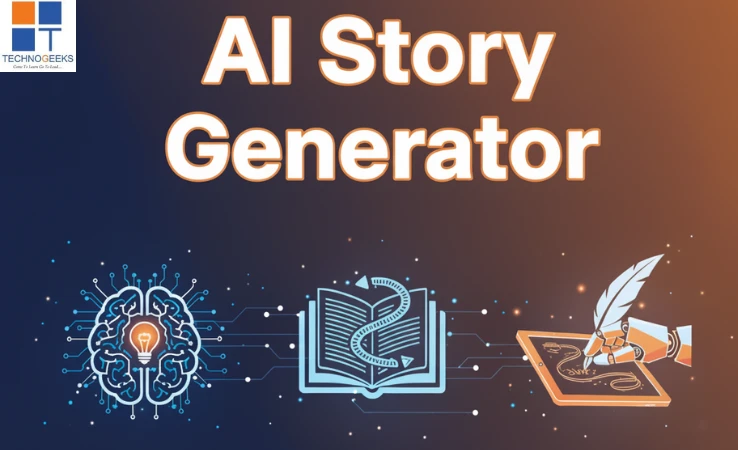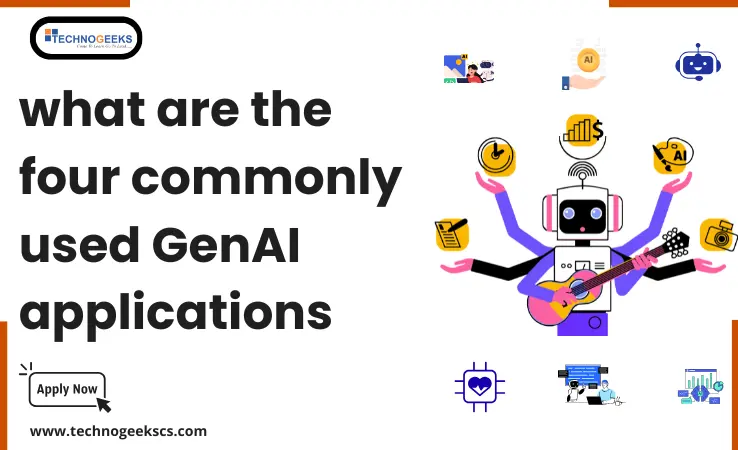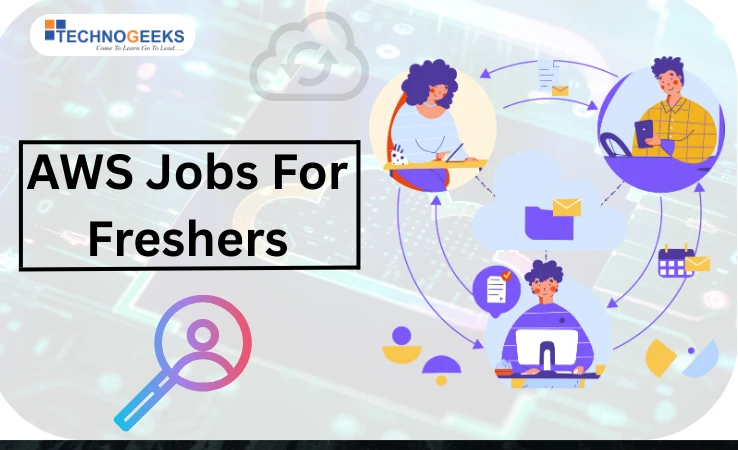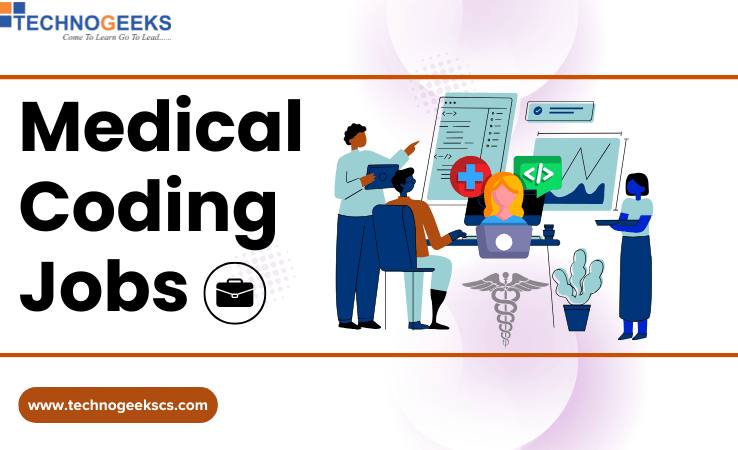Table of Contents
ToggleWhat is Data Science Course
Data science courses are a relatively new and trending field in today’s IT world. The earliest known use of data science dates back to 1854 when ‘Charles Babbage’ wrote about the use of statistical sampling methods in his book ‘On the Economy of Machinery and Manufactures.
Data science emerged in the 1960s with the rise of computers and databases. Although it has statistical foundations, machine learning, AI, and the Internet of Things have all had a significant impact on its development and use.
Suppose I am providing you the data of an online grocery store. In that case, I can tell you which product is in demand and which is not or spread into multiple categories like customers’ previous search product, which product they like, which product they saved, whether It is male or female so on, to understand customer Requirements according to Customer search.
So You have given me some insights from that raw data. The data I had was from an online store database in unstructured forms. You have transformed the data into meaningful data, and that’s what a data scientist does in transforming the data into meaningful insights. Any tool can now be used, regardless of the situation.
As long as you provide the data to me you are a data Scientist. If you want to learn a data science course in Pune, Technogeeks is one of the best institutes for providing software training courses in Pune.
Why we learn Data Science
Data Science is a rapidly growing field with increasing demand for professional developers who can analyze and interpret data.
It enables you to turn your data into actionable understandings, design innovative solutions and solve real-world problems.
Data Science Course is such a skill that a person from any occupation can do, like Engineering, Medicine, Pharmacy, Business, Civil, Mathematics, etc.,
Is it possible to lead to new and exciting career opportunities in various industries and what about data science course fees in pune? Technogeeks is one of the software training institutes in pune who provide the best and reasonable fees structure not only for data science courses but for other courses also.
Data Science has high earning prospects and is among the top-earning professionals in the world.
Learning data science courses helps & provides opportunities tour, Career advancement, especially in areas such as Machine Learning & Artificial intelligence.
Technological advancements and the increasing availability of data have made data analysis and modeling more important and valuable.
Who can do a Data Science Course?
Anyone who is interested in data or wants to pursue a career in data science can enroll in a data science course. At technogeeks we design the course curriculum from the basics so the beginner or Non-IT background candidates can easily understand the concepts.
The course is for both beginners and experienced learners. Candidates who know the basics of Python and data science should Enroll for this course.
So basically It is suitable for those who want to begin a career in the exciting field of Data Analytics / Business Intelligence or IT professionals who wish to upskill themselves in this domain.
The course will equip you with the skills to build predictive models using Machine Learning.
By the end of the course, you will be proficient in using popular statistical packages such as R, NumPy & pandas in data analysis techniques like clustering analysis, etc.
Data Science Ethics
The following are some examples of data science ethics:
- Confirming that personal data is collected, stored, and used in a way that respects individuals’ privacy rights.
- Ensuring that data and algorithms are used in a responsible manner that does not cause harm to individuals or Society.
- Addressing and lightening sources of bias in data and algorithms that can result in one-sided or inaccurate outcomes.
- Make data and algorithms transparent, interpretable, and accountable so their results can be understood and trusted.
- Confirming that data ownership rights are respected, and that data is always used with individuals’ expectations.
Before you do anything with data, you should know that you have a lot of power that comes with a lot of responsibility. This data science course will teach you how to use your power in a responsible way.
If data scientists are trained in ethics, the field will be better and more responsible. I believe this is good for both data science and society as a whole.
What We Learn In Data Science Course?
1) Python Programming
We start the Data Science course from basics Of Python Programming.
In basics of Python Programming we covered –
- Python Data types
- Python it-elif-else
- Python Loops
- Python Function methods
- Python Object oriented programing
- Python Module and Packages
- Python Exception Handling
Similarly In Advanced Python Programming we covered the topics like –
- (OOP)Object-Oriented Programming
- Decorators
- Generators
- Iterators
- Context Managers
- Coroutines
- Metaclasses
- Concurrent programming with threads and multiprocessing
- Network programming
- Advanced Data Structures e.g. NumPy, Pandas
- Advanced Modules (e.g. os, sys, etc.)
- File I/O operations
- Exception handling
- Regular expressions
- Unit testing
- Debugging
- Advanced algorithms and design patterns
- Database programming (e.g. SQLite, MySQL, etc.)
- Web scraping and data processing
- GUI programming (e.g. Tkinter, PyQt, etc.)
2) Data analytics
In Data Analytics we covered the following topics –
- Data Analysis With Advanced Excel
- Data Analysis With Python
- Data Analysis Using Numpy
- Pandas and Advanced Analysis
- Data Visualization With Python
3) Data Visualization and seaborn
In Data Visualization we covered the following Python Libraries –
- Matplotlib
- Seaborn Visualization
Additionally we covered the following data visualization tools –
- Power BI
- Tableau
4) Mathematics and Statistics to learn Data Science
5) Artificial Intelligence
- Machine Learning Algorithms
- Deep Learning with Tensorflow & Keras
- NLP (Natural Language Processing)
6) Database With Python
- SQL
- Rest API with and Flask
- Rest API Integration with Databases
Conclusion
Data science is a field that is growing quickly and has a lot of promise for solving problems in the real world and making decisions based on data.
A data science degree can help you get a job in many areas, such as banking, healthcare, marketing, and technology.
For success in data science, you need to keep learning new things, keep up with new technologies, and do problem-solving tasks using real data.
Have you been searching for a comprehensive and hands-on data science course?
Technoggeks provides best Data Science courses with 100% placement assistance and Our data science course covers all the essential concepts and tools for successful data analysis and visualization.
Unlock the potential to become a highly in-demand professional! Our data science course in Pune covers all the essential concepts and tools for successful data analysis and visualization.


